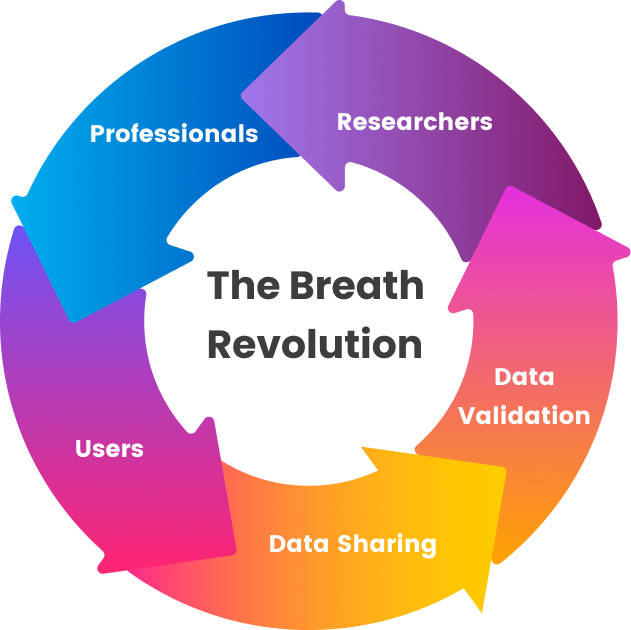Can you naturally reduce stress without medication?
Can you produce instant stress relief by changing the way you breathe?
When was the last time you noticed how you were breathing when you were stressed?
The hustle and bustle of everyday life as well as work often divert our attention from one of the most basic things of sustenance – breathing. Life begins and ends with breathing. It is the easiest solution to many health-related issues like stress, anxiety, tension, etc.
Health experts, spiritual gurus, yoga practitioners, and fitness trainers all emphasize the significance of breathing and observing ourselves when we slow down to take deep breaths.

If you’ve ever been stressed or anxious, you’ve probably been told to take a deep breath. Deep breathing techniques are often used for relaxation and stress management. It can be a great way to calm the nerves and reduce anxiety.
Yoga breathing techniques for stress have also been known to improve the quality of sleep and mindfulness. Some breathing techniques recommended by yoga teachers around the world are:
Breathing Technology One:
Rhythmic Breathing
Rhythmic breathing is a simple breathing technique for beginners. It helps to establish a sound basis for pranayama practice among people who are used to shallow breathing. It can be practiced by a person of any age and with any health condition as long as they don’t suffer from breathing problems. It is not advised if you suffer from blood pressure or heart disease.
Rhythmic breathing involves breathing in a fixed rhythmic pattern where the ratio of inhalation, retention, exhalation, and retention is 2:1:2:1.
Want to relieve stress now? Test this breathing technology by pressing the button to practice with a circle graphic.
For beginners, count while you breathe in four parts:
- Inhalation 1-2-3-4,
- Pause after inhalation 5-6,
- Exhalation 1-2-3-4,
- Pause after exhaling 5-6.
- Observe the breath, do not force the breath. Initially start breathing the way you breathe presently but gradually try to increase the depth of your breathing.
- Visualize that you are getting prana energy with each inhalation and each exhalation is taking out toxins from the body. Develop complete awareness of the rhythmic flow of breath.

As the breathing becomes more rhythmic, it soothes our nervous system and releases tension, promoting a sense of well-being and relaxation.
You will receive more oxygen, which means more energy for your body. It improves your focus and concentration. Also, sets up a solid foundation for starting meditation practice by calming the mind.
Breath Technology Two:
Deep Belly Breathing
Deep belly breathing utilizes the diaphragm to maximize lung expansion. The movement of the diaphragm naturally controls the airflow through your body, forcing air to move deeply into your belly.
- Start in a comfortable position by lying on the floor or sitting on a chair.
- Place one hand on your chest while keeping the other just below the rib cage so you can feel your diaphragm’s movement.
- Slowly breathe in through your nose for a count of five. Feel the air move in your body as your stomach rises. Then exhale the air through your mouth for a count of five, feeling your stomach relax inward.
It lowers heart rate and blood pressure and also helps in coping with symptoms of PTSD (post-traumatic stress disorder). Improves core muscle stability and most importantly, reduces stress.

Breath Technology Three:
Alternate Nostril Breathing
Alternate nostril breathing technique is a little less common than deep belly breathing but it can be a great way to practice controlled breathing. Plus, this exercise is the perfect addition to any sort of meditation practice.
- Sit in a comfortable position with your legs crossed. Once you finish exhaling, place your right thumb over your right nostril. Inhale for a count of five through your left nostril.
- Then, cover your left nostril and uncover your right nostril before exhaling for a count of five. Now, inhale through the right nostril, keeping your thumb on the left nostril.
- Then, cover your right nostril and exhale through the left. Continue alternating between the nostrils for a few minutes.
Breath Technology Four:
Breath of Fire
The breath of fire involves gently inhaling and forcefully exhaling. This exercise is a simple breathing exercise for stress. It improves concentration and increases mindfulness.
- Sit with your legs on the floor, keeping your back straight. Inhale through your nose for a count of five while placing your hand on your stomach so you can feel it rise.
- As you finish inhaling, exhale forcefully through your nose, engaging your abdominals. Make sure that your inhalation and exhalation are the same lengths even though they are done with different amounts of force.
- Repeat this 10 times quickly.

The growing emphasis on breathing techniques for stress and exercise makes it evident that we need to take our mental, emotional, physical, and spiritual health into account.
We need to accept and realize how interdependent our physical and mental states are. To bring it into alignment, breathing techniques can come to our rescue and aid us in many ways. This basically means being mindful of your overall health and taking care of it accordingly.
So, it is important that you pay attention to what your body is telling you. If you experience breathing difficulties, talk to your doctor/therapist.
Breathing and observing our body and surroundings is one of the basic foundations of mindfulness. It will instantly uplift all your senses and direct your focus to the body parts and mental thoughts that need your attention and care.
This article is brought to you by Breath Technologies. Breath Technologies is founded on helping the world improve overall emotional and physical health by improving breathing habits.
We are revolutionizing the wearables industry to bring you the missing link. Join the community and be a beta tester for our soon-to-be-released breathing app.












